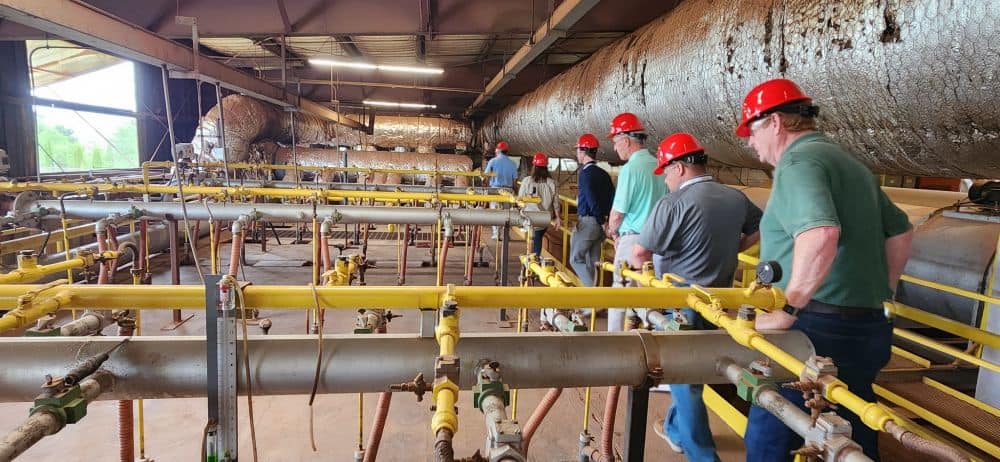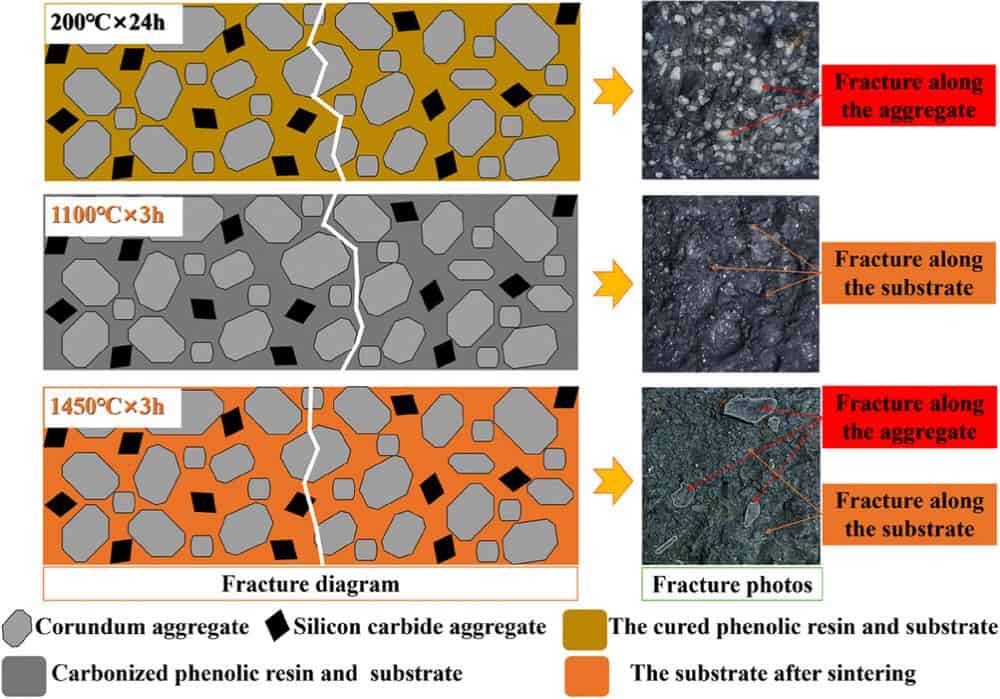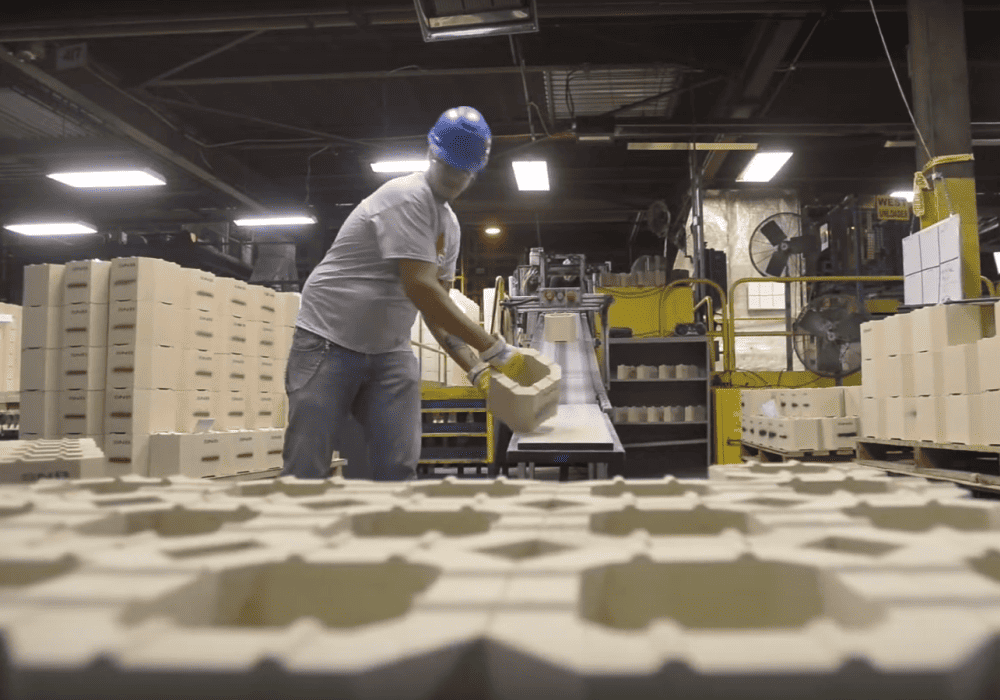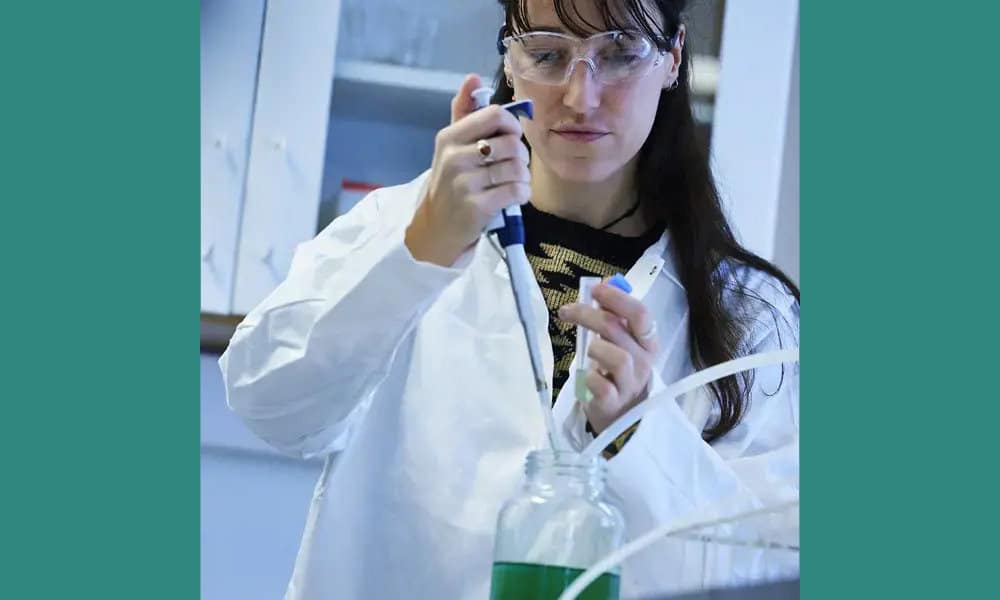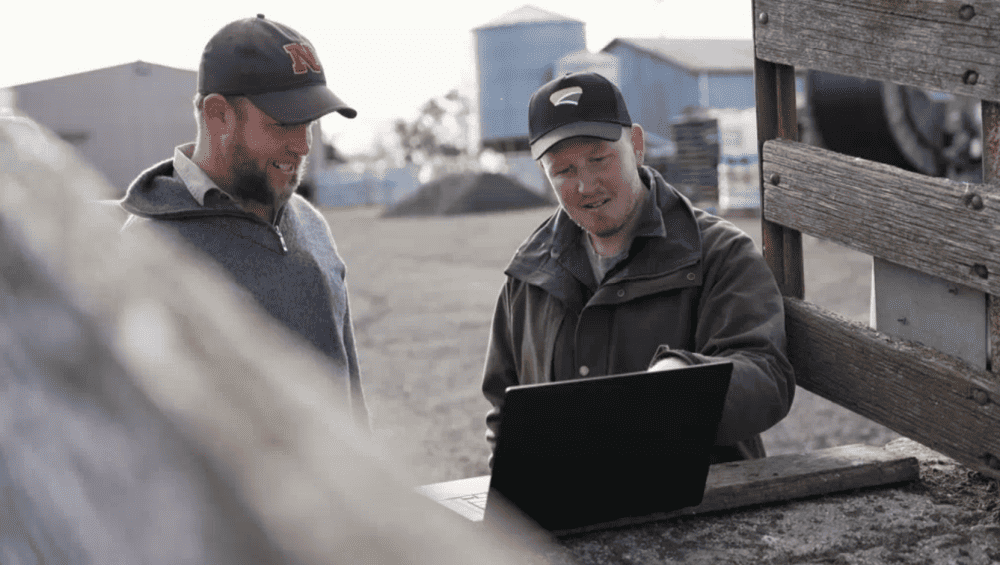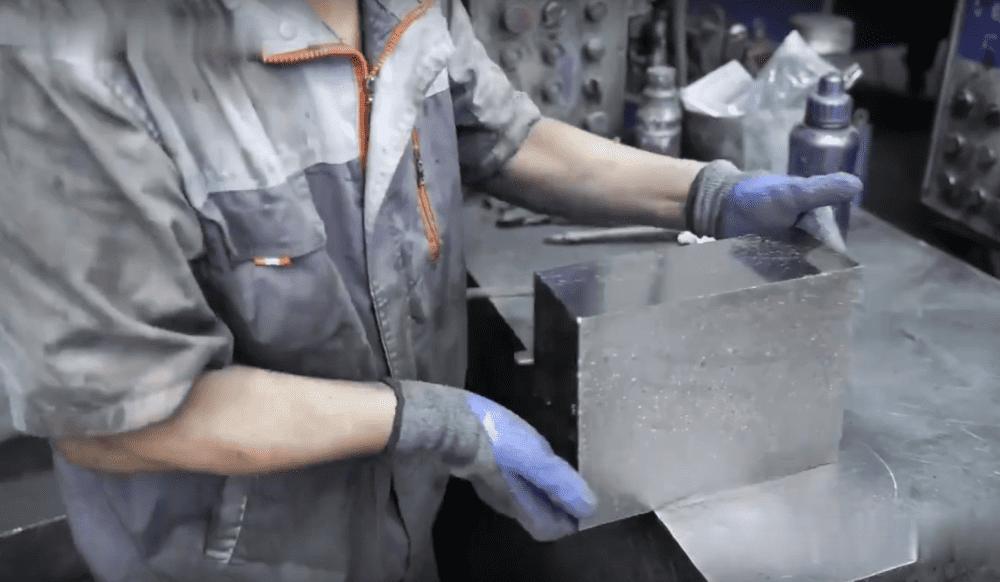The 2024 combined meeting of the ACerS Structural Clay Products Division, ACerS Southwest Section, and Clemson University’s National Brick Research Center took place in Oklahoma City, Okla., June 17–19. Nearly 120 attendees came to enjoy the networking, technical presentations, and plant tours.
Read MoreThe ongoing war in Ukraine is driving tile manufacturers to look for alternative sources of clay for tile manufacturing. In a recent open-access paper, researchers from Spain and Türkiye investigated the potential of clay sourced from the Afyon region of Türkiye as a possible alternative to Ukrainian clay for white tile manufacturing.
Read MoreThe choice of starting material for refractory ceramics can greatly affect the product’s final properties. Researchers from Wuhan University of Science and Technology in China investigated the effects of different corundum aggregates on Al2O3-SiC-C bricks.
Read MoreWith Ukrainian clay in short supply and high demand, tile manufacturers are considering reformulating their tiles based on clay in local deposits. Researchers in Italy conducted a comprehensive characterization of two iron-rich Italian clays to determine their suitability for porcelain stoneware production.
Read MoreIn August 2023, researchers at the Federal University of São Carlos in Brazil conducted preliminary tests on the potential of metakaolin-derived geopolymer binders to replace calcium aluminate cement binders in high-alumina refractory castables. A new follow-up study confirms this potential.
Read MoreWith the drastic increase in demand for lithium, new sources and extraction methods are needed to secure sufficient supply. Princeton University researchers led development of a new passive method for extraction of lithium from saltwater. The method, if advanced to industrial scale, could significantly decrease both the time and amount of land necessary for lithium production.
Read MoreMore environmentally friendly recycling methods are needed to make the lithium-ion battery market into a sustainable and circular economy. Two recent studies demonstrate some ways to accomplish this goal.
Read MoreThe mining and minerals processing industries are economically significant sectors for the Australian island state of Tasmania. But as companies apply for more and more exploratory licenses to identify new minerals deposits, landowners in the state are concerned about the environmental impacts.
Read MoreThe August 2023 issue of the ACerS Bulletin—featuring an overview of the global lithium market—is now available online. Plus—USGS Mineral Commodity Summaries.
Read MoreMagnesia carbon bricks are widely used in steelmaking because of their excellent thermal, chemical, and mechanical properties. These bricks can be fabricated using various carbon sources. In a recent paper, researchers at Changwon National University investigated the effects of expanded graphite content on MgO–C bricks.
Read More
